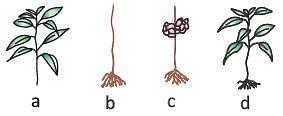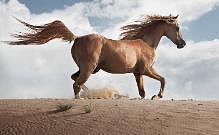Olympiad Test Level 1: Plants and Animals - Class 3 MCQ
20 Questions MCQ Test Science Olympiad for Class 3 - Olympiad Test Level 1: Plants and Animals
Which of the following plants will not be able to survive?


The part of the plant which grows above the ground.
| 1 Crore+ students have signed up on EduRev. Have you? Download the App |
To which category does this animal in the figure belong?


Animals that eat both plants and flesh of other animals.
Select the animal which gives birth to a young one.
Among the following, who is known as a producer?
The function of Long and thick Trunk of Elephant is-
In desert plants, leaves are modified into thorns. How do thorns help a plant?
Which of the following animals can change body colouring to protect themselves from their enemies?
Look the sentence below:
“ LOST ANIMAL: The animal we seek is an amphibian it feeds on insects only. You will be amazed by the number of eggs that it can lay ”
Based on given information, which of the following statements is true about the lost animal?
Small openings present on leaves that help in the exchange for gases.
Select the odd one out on the basis of feedings on flesh of dead animals.
Select the modified stem from the following.
Study the following chart:
Grass → x → Y → Snake
Identify x and y from the following
Fruits provide protection to the __________.
Choose the correct option
(i) Fruit is a fleshy part of a tree
(ii) Shoot grows below the ground
(iii) Flower is the reproductive part of a plant
(iv) Roots absorb food from soil and transport it to the leaves only.
T = true
F = False
Trunk is the main stem of the tree. It divides into many branches higher up in the tree. The _____ of the tree protects the trunk.
|
36 videos|39 docs|58 tests
|
|
36 videos|39 docs|58 tests
|













